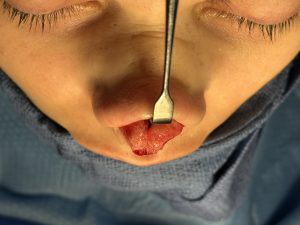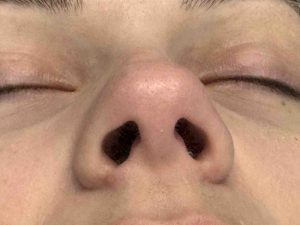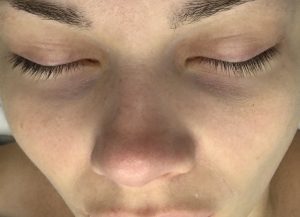Background: The tip of the nose represents the visible part of an open rhinoplasty but also where the most reshaping changes may be needed and seen. The confluence of the lower alar cartilages, septum and the nostril openings make for a unique end of the nose shape that is unique for each person. As a result nasal tip reshaping is almost part of every rhinoplasty and it is not uncommon to be requested as the only part of the nose the patient wants to change.
One of the most commonly requested changes to the tip of the nose is to make it more narrow or less wide. Sometimes called a broad or fat tip the lower end of the nose is disproportionately larger than the rest of the nose above it. There are numerous lower alar cartilages reasons for it from broad domes, a wide interdomal angle to thick skin or some combination thereof. Identifying the chaser is important to apply the correct technique but all require lower alar cartilage reshaping with focus on preservation rather than aggressive resection.
One can debate about whether tip reshaping should be done by either an open or closed approach. But it is hard to argue with an open approach for maximum control over the desired changes. The open approach also allows for precise tip defatting in thick skinned noses which is often present in the interdomal space.
Reshaping of the cartilaginous tip consists of three techniques, cartilage resection, cartilage suturing and structural graft support. Each has a role to play in making a less wide nasal tip and there is no precise science as how they all should the used. But one determining factor is the degree of change a patient is seeking and whether there are other dimensional changes to the tip that the patient desires. (tip rotation, tip projection)
Case Study: This female was bothered by her wide nasal tip. She was otherwise happy with the shape of her nose above the tip as well as the tip projection and tip rotation. In essence her only goal was a less wide nasal tip.

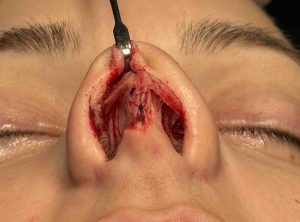
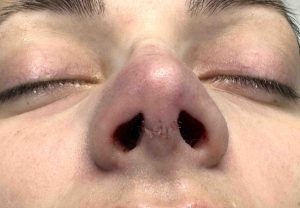
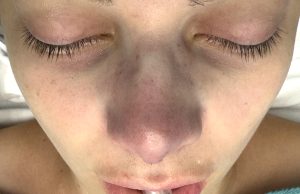
Rhinoplasty surgery usually consists of a variety of technical maneuvers to change various areas of the shape of the nose. But not every patient’s needs multi-area nose shape changes. Some may want only a ‘limited’ rhinoplasty of which only one area of the nose shape is changed. One of those one area requests is for tip narrowing.
Key Points:
- 1) The wide nasal tip is a function of the size and shape of the lower alar cartilages as well as skin thickness and subcutaneous fat.
2) For nasal width reduction only the open or closed approach can be used.
3) The open tip rhinoplasty offers the advantage of tip defatting and maximal control of the tip’s shape.
Dr. Barry Eppley
World-Renowned Plastic Surgeon



